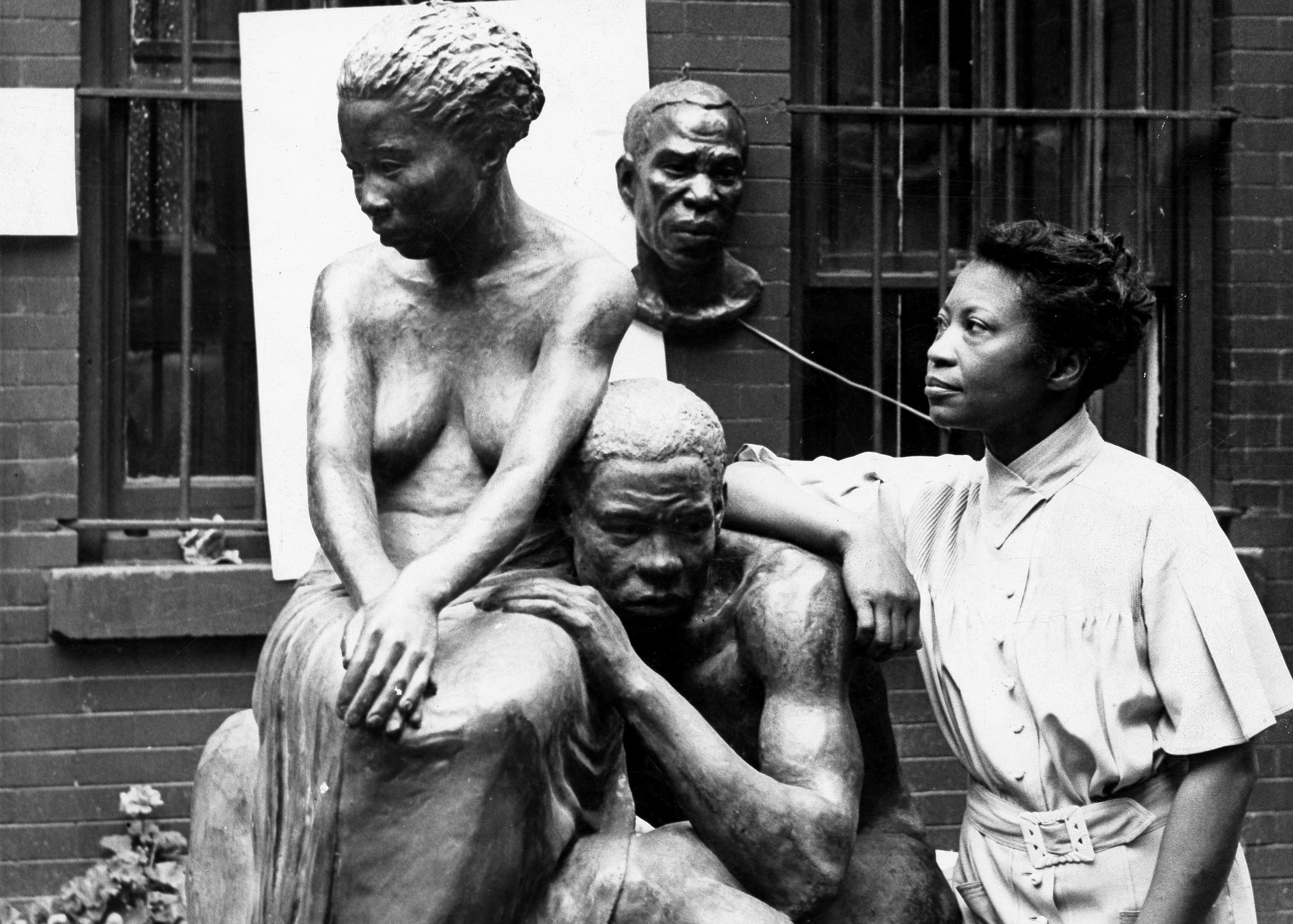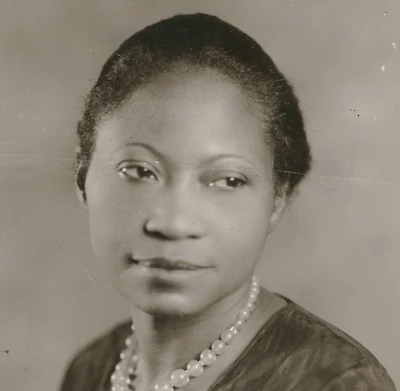Augusta Savage
Sculptor, teacher and warrior for civil rights




“My father licked me four or five times a week and almost whipped all the art out of me.” Augusta Christine Fells was beaten for creating her first sculptures, small animals in red clay. Her father, house painter and methodist preacher, saw these creations as ‘graven images’ or idols, and his abuse forced Augusta to start her resistance young.
Augusta was the seventh of fourteen children to Cornelia and Edward Fells, who had both been born slaves. Life came at Augusta fast. She was married at 15, gave birth to her daughter Irene a year later, and became a widow shortly after that. In 1915 Augusta married a carpenter named James Savage, and took his name.
Augusta was 27 when she was given her first shot at artistic recognition. She acquired 25 pounds of clay from a local potter and created models of ducks and chickens, which she showed at the West Paul Beach county fair. Her models were striking, and won her a prize of $175, which today would be about $2800—likely her first independent funds. The fair superintendent, George Curry, was so impressed that he wrote Augusta Savage a recommendation to the well-known American sculptor Solon Borglum, and encouraged Savage to pursue an education in art. Savage responded to Curry’s support with a poem, revealing the tortuous decision she was faced with.
At the forks of life’s high road
Alone I stand
And the hour of my temptation is at hand
And my soul’s Gethsemane
I still have your faith in me
And it strengthens me to know you understand
Borglum came through, suggesting Savage apply to the free, scholarship-driven Cooper Union school in New York. Leaving Irene and her prize money in the care of her husband and parents in Florida, Savage moved north with $4.60 in her pocket. From 1921 to 1923 she trained with the sculptor George Brewster, and earned a reputation as a masterful sculptor who portrayed African Americans with dignity, avoiding cliche and stereotype. In 1923 Savage applied to a summer program at the prestigious Fontainebleau School of Fine Arts in France. Her application was unceremoniously rejected after two white students complained about working alongside a black woman. Time for resistance. Savage fought the decision, and brought the affair into the public eye on both sides of the Atlantic, and while the French government refused to alter the decision, the sculptor Hermon Atkins MacNeil, one of the committee members who voted in her favor, invited her to study with him directly.
On completing her studies, Savage lived in a small apartment on West 137th Street in New York, and life raised the stakes. A hurricane flattened her family’s home in Florida, and Savage’s mother and paralyzed father traveled north and moved in with her. To support her family she took on work in the steam laundries, until she was commissioned to create a bust of the black advocate W. E. B. Du Bois for the Harlem Library. It was the first of many commissions. The black activist and speaker Marcus Garvey, the educator and essayist William Pickens Sr., and more.
By 1928 Savage was an important voice in the African American art community. She won the Harmon Foundation’s Otto Kahn Prize for her Head of a Negro, and promptly critiqued the director of the foundation for having low standards for Black art and art in general. Aggressive, but pretty cool.
In 1929 Savage was finally able to travel to France and work in Montparnasse at the studio of M. Félix Benneteau-Desgrois. But an independent mind will always push against boundaries, and the French masters didn't agree with Savage, who described them, saying “they all have their own definite ideas and usually wish their pupils to follow their particular method...” By 1930, Savage was working on her own again.
Savage returned to the U.S. in a whirlwind, launching the Savage Studio of Arts and Crafts in Harlem and welcoming anyone who wanted to learn to paint, sculpt, or draw. The young artists she mentored during these years became the next generation of great black American artists, including Jacob Lawrence, Norman Lewis, and Gwendolyn Knight.
In her 50s, Augusta savage bowed out of the New York art scene, moving upstate to a farm near the town of Saugerties, where she became a lab assistant in K-B Products’ cancer research lab. Always the educator, she continues to offer classes to friends and neighbors, teaching how to shape clay into solemn, dignified forms, and the sharp-eyed art of resistance.
...
Got questions, comments or corrections about Augusta Savage? Join the conversation in our Discord, and if you enjoy content like this, consider becoming a member for exclusive essays, downloadables, and discounts in the Obelisk Store.